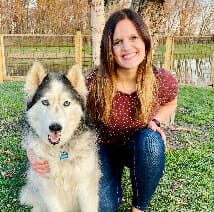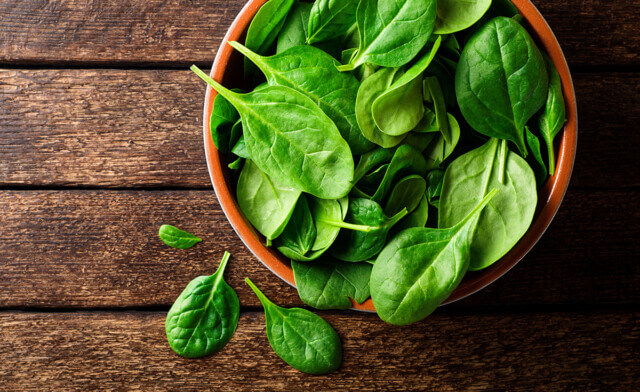How Many Treats to Give a Dog Per Day
Does your dog come running down the hallway at full speed when you say the “T” word? Does your pup immediately start sitting pretty when you open up their favorite treat bag? It’s safe to say that treat time is probably one of your pet’s favorite parts of the day, but how do you know the right amount and the right kind of treats to give to your dog? Let’s learn about the do’s and don’ts of treating your pet.
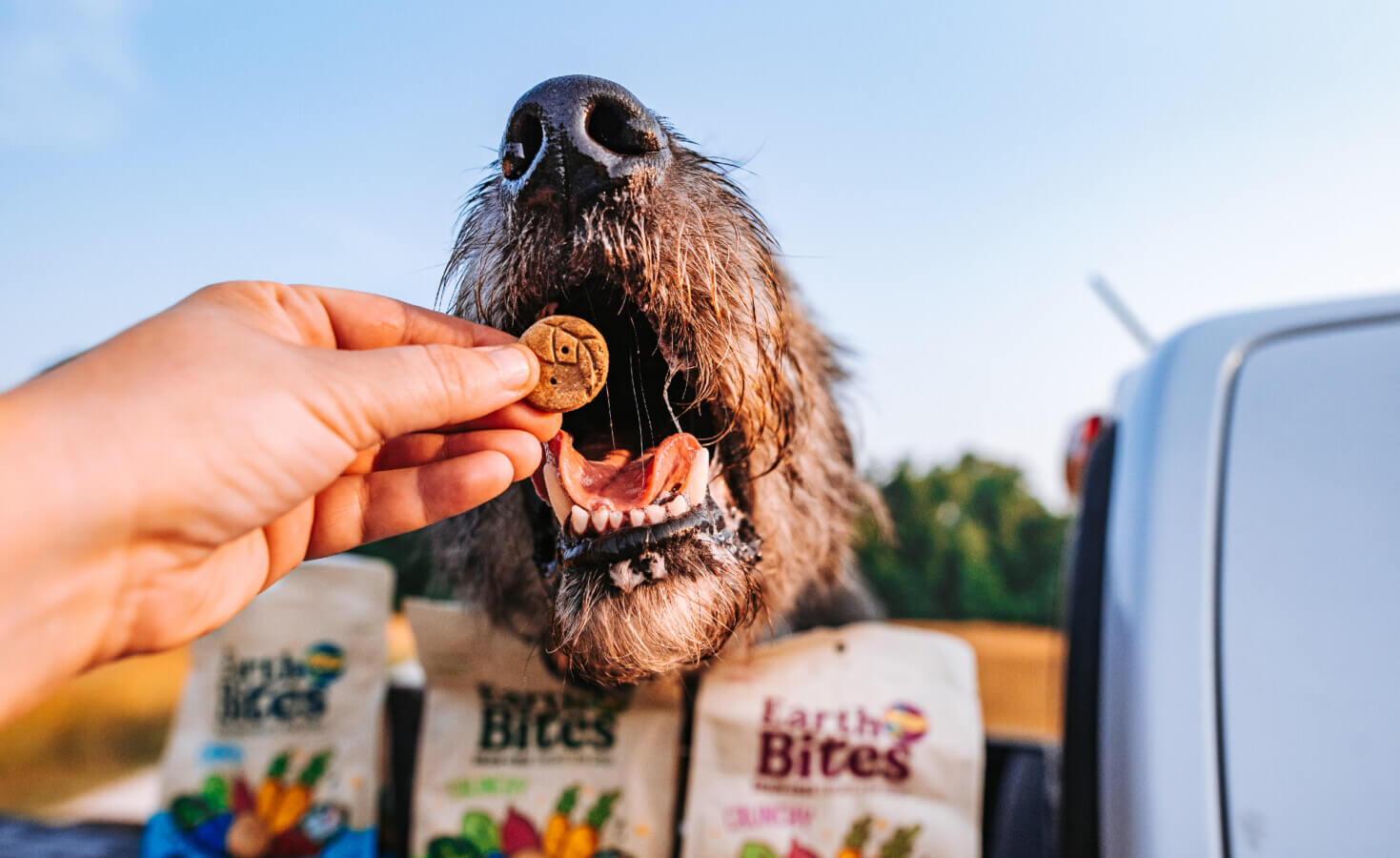
How Many Treats to Give a Dog
When figuring out the amount of treats you can give your dog, remember it’s important to take into account your dog’s activity level and also the number of calories your dog consumes in a day. It’s suggested that treats not account for more than 10% of a dog’s daily caloric intake.
For example, if your dog eats 500 calories a day, you shouldn’t feed more than 50 calories from treats in a day. All of our Earthborn Holistic crunchy biscuits and soft treats have calorie information available on the back of the bag. Our EarthBites Chewy with Salmon Protein are 10 calories per treat, which means you can feed your dog 5 of these delicious treats each day (450 calories in food + 50 calories in treats = 500)!
If you need help figuring out your dog’s daily calorie needs, please consult your vet or check out our How Much Should I Feed My Dog post as a great place to start.
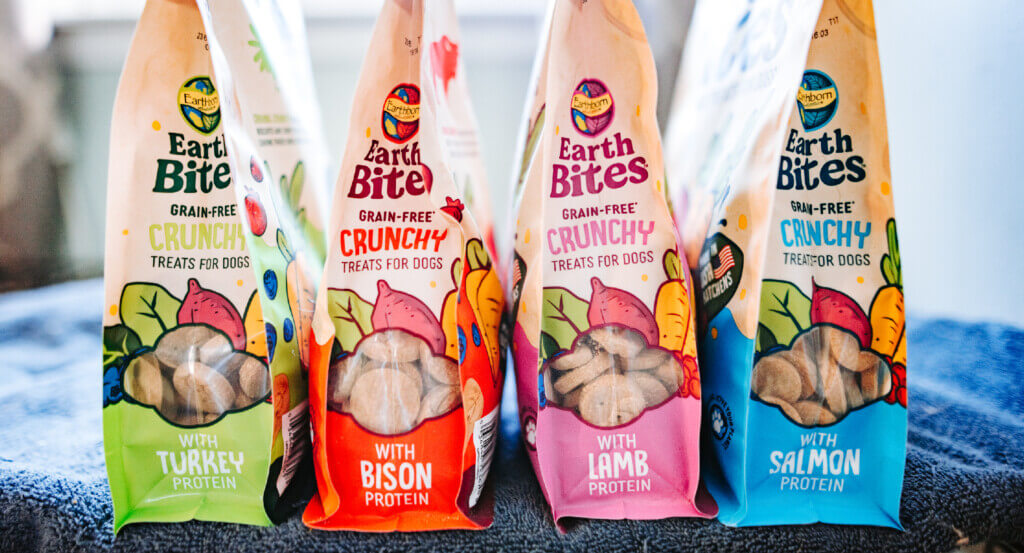
Human Treats Toxic to Dogs
Now that you know how many treats to give a dog per day, let’s talk about what “treats” should not be included in their daily diet.
Grapes & Raisins
Apples, blueberries and cranberries are all great fruits for dogs to enjoy, but when it comes to grapes and raisins it’s very important to avoid feeding them to your dogs altogether. They can be highly toxic and cause acute kidney failure even in small amounts.
Peaches & Plums
The fleshy part of peaches and plums is okay for dogs to eat, but the problem comes if a dog eats the whole fruit including the pit or stone. In addition to the pit containing small amounts of cyanide, it can also be a choking hazard or create an intestinal blockage if ingested.
Artificial Sweeteners
Artificial sweeteners such as xylitol can be found in chewing gum, toothpastes and other sugar-free products and can be highly toxic for dogs. Some peanut butters even contain xylitol so it’s always important to check the ingredient label. Even in small amounts the consumption of xylitol can cause a sudden drop in your dog’s blood sugar and can lead to seizures, liver failure and death.
Some of the more common sweeteners such as stevia and aspartame don’t pose a serious issue for dogs as most only cause stomach upset if given in large amounts.
Macadamia Nuts
Macadamia nuts is also considered one of the foods toxic to dogs. The most common sign of macadamia nut poisoning is weakness, especially in your pup’s back legs. Other symptoms include lack of energy, diarrhea, vomiting, and fever. While some cases can be mild and resolve themselves within a few days, others can cause serious issues.
Garlic
Garlic is a very popular seasoning that’s included in several delicious human dishes, but should not be a part of your dog’s diet. Garlic is a part of the allium family along with onions, leeks & chives and contains a substance called thiosulfate. This can be toxic and cause red blood cell damage in dogs.
It’s important to contact your vet immediately if you suspect your dog has ingested any of these toxic foods.
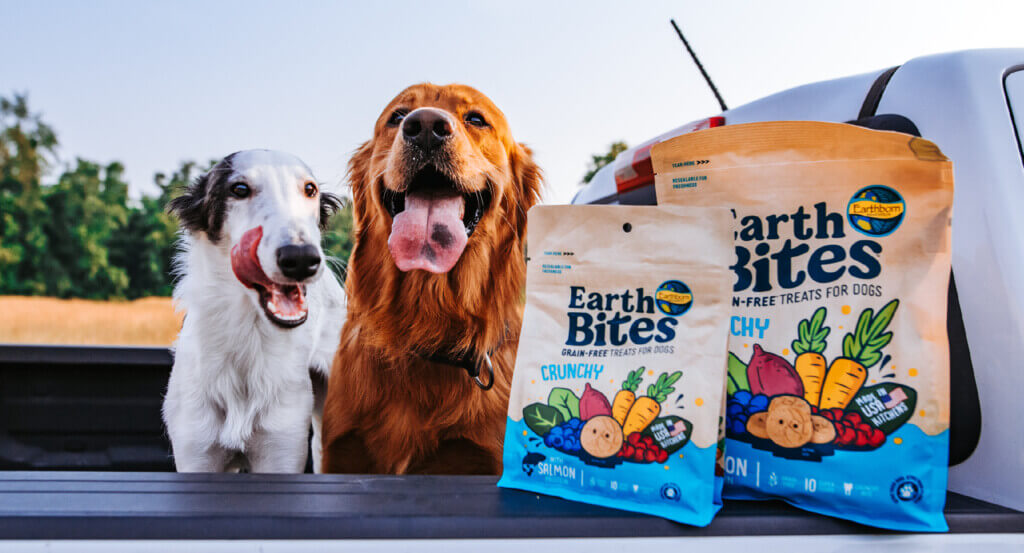
Helping an Overweight Dog
If you’re wondering how to tell if your dog is overweight, the truth is it might be somewhat difficult. How much your dog should weigh is not a magic number and is something that should be determined by your vet. However, using a Body Condition Score Chart can be a great starting point in figuring out if your dog has packed on a few extra pounds. Overeating (food and treats) is a common cause, but remember that weight gain can be caused by several factors such as age, stress, activity level and underlying medical conditions.
How Much to Feed an Overweight Dog
If you’ve discussed with your vet and found that your dog does have some extra weight due to dietary reasons then a weight loss plan might be in your pup’s future. You will need to consider changing your dog’s feeding time routine, calorie amounts (no free feeding) and possibly switching to a weight management or low fat dog food option like our Weight Control recipe to help manage your dog’s weight. Keeping in mind how many treats to give a dog per day will also be crucial to keeping your dog on track.
And don’t tell your dog I said this, but during this time it’ll also be important to limit the amount of treats or table scraps given to further control daily calorie levels and help your dog lose weight. If you still want to treat your pet during this time, try looking for low-calorie and low-fat options.
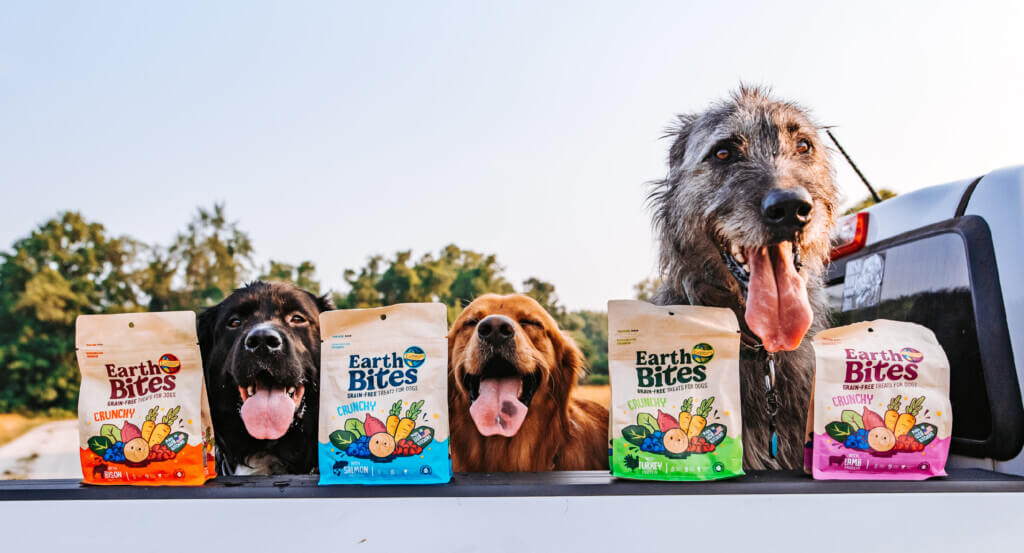
Best Dog Treats for Training
Training your dog can be a fun bonding experience for you and your pet. When starting to train your dog it’s important to find an environment with little to no distraction and also to choose an enticing reward or high value training treat. High value treats tend to be moist treats or something your dog doesn’t normally receive on a regular basis. This adds an extra incentive during training sessions and keeps your pup interested in learning more! Just remember not to feed too many!
Earthborn Holistic has a variety of grain free dog treats for your pup to enjoy! With high quality protein as the first ingredient along with a healthy mix of fruits, veggies and probiotics, our treats can offer a healthy snack for training or can be used as an everyday reward!
